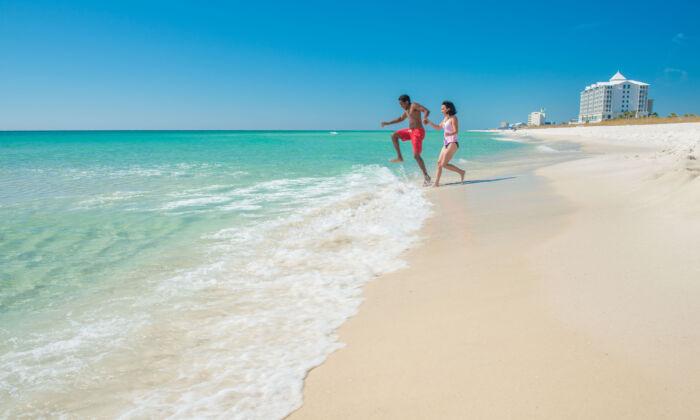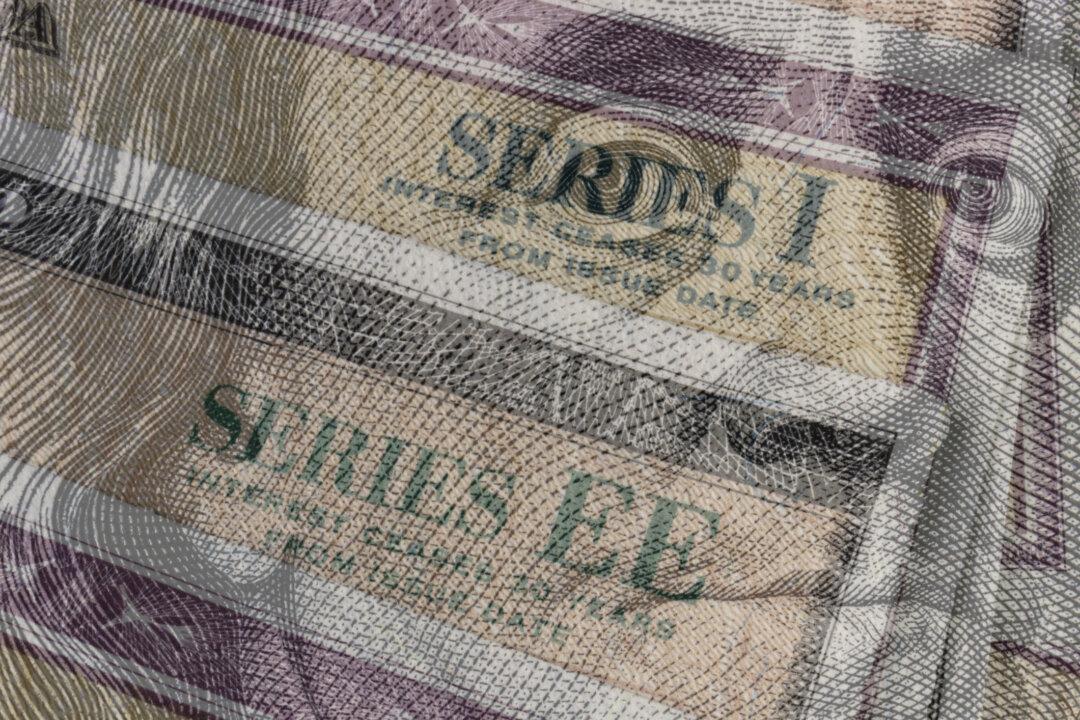As a beach-loving traveler, I have seen a lot of sand in my time. The pearl-pink sands of Bermuda and the charcoal-black sands of Hawaii. The dunes of Cape Cod and the golden stretches of the Cote d’Azur.
But I can truthfully say that I have never seen more beautiful beaches than those sugar white expanses of the Florida Panhandle. For nearly 250 miles, the beaches border an aquamarine stretch of the Gulf of Mexico that has earned it the nickname Emerald Riviera.
As fond as I am of beaches, however, I love history and culture just as much. And in the panhandle of Florida, that means Pensacola.
It may surprise some—even in the state of Florida—to learn that it was Pensacola, not St. Augustine, that was first discovered by European explorers.
In this case, Spanish explorer Tristán de Luna, who happened on these beaches in 1559, six years before Ponce de Leon wandered ashore in St. Augustine.
De Luna didn’t stick around (thanks to a hurricane that destroyed most of his fleet), while Ponce de Leon did, giving St. Augustine bragging rights as the oldest continuously occupied city in the United States.
It took another century for Pensacola to be rediscovered. Since that time, it has flown the flags of five nations (Spain, France, Britain, the Confederacy, and the United States), each leaving its distinctive footprint.
To get a feel for Pensacola’s earliest days, start by exploring the United States’ First Settlement Trail, a three-mile loop through the downtown historic district.

Eighteen of the 28 buildings, dating from 1752 to 1821, are open to the public.
Start at the Pensacola Museum of History for an overview, then take in sites such as the Julee Cottage, once home to a free woman of color; Old Christ Church, built using slave labor in 1824 and the oldest church in Florida still on its original site; and picturesque Fountain Park.
In contrast to the Historic District, Palafox Street, marking one of its boundaries, is firmly rooted in the 21st century.
Named one of “America’s 10 Great Streets” by the American Planning Association, it’s a mélange of colorful boutiques, trendy gastropubs, art galleries, and the Saenger Theater.
For another slice of Pensacola’s history, head out to the Gulf Islands National Seashore on the western edge of Santa Rosa Island for a free ranger-led tour of Fort Pickens.
This massive brick fortress once housed Union troops, but it is best known as the prison where Apache war chief Geronimo was first confined following his capture.
Good News for Tourists
After several years of being closed to the public following a shooting incident, the Pensacola Naval Air Station has reopened to visitors. If you have even a passing interest in aviation, the base is well worth a few hours of your time.The National Aviation Museum, the world’s largest, is a good place to begin. At the museum entrance, you step onto a replica of the aircraft carrier USS Nimitz. The 8,000-square-foot exhibit duplicates everything you would see on the actual flight deck.

From there, continue on to some 150 vintage aircraft and 4,000 artifacts. In good weather, the Blue Angels, the U.S. Navy’s flight demonstration team, delight visitors when they take to the skies with their aerial skills. The demonstration takes place most Tuesdays and Thursdays from March through November at 10:30 a.m. on the flight deck behind the museum.
Since this is an active naval base, proper identification is required for entry.
Continuing the aviation theme, a don’t-miss site is the Trader Jon exhibit at the Pensacola Museum of History. The exhibit recreates the former Trader Jon’s Bar on Palafox Street, a popular watering hole for officers and aviators stationed at the Naval Air Station from 1953 until its closing in 2003.

Named for its eccentric owner, Martin “Trader Jon” Weissman, a former World War II Army paratrooper who once offered a million-dollar reward to anyone who caught him wearing matching socks, the bar was the unofficial clubhouse of the Blue Angels.
Sleep and Dine
Pensacola’s not lacking in great places to stay and to eat. In the former category, two of the best are Oyster Bay Boutique Hotel and Lily Hall.
Oyster Bay will make you feel like you’re staying in your very own beach house, with its airy interior, all-white color scheme, and “beachy” decor.
Beauty and convenience are major factors, as one side is on Pensacola Bay, and it’s just a short walk to Seville Square and the historic district.
Lily Hall, which opened early this year in a former church, is a 15-room property described as a “boutique lodging house.”
Carefully curated with art and books, as well as craft cocktails and hearth-cooked dishes in the Brother Fox Restaurant, Lily Hall engages all the senses.
One of the most appealing features of each guest room is a fictional letter written by one famous person to another.
In one room, there is a missive penned by actor James Dean to blues legend Billie Holiday, while in another, folk singer Woody Guthrie waxes poetic to Brazilian bombshell Carmen Miranda.
I’m guessing that many guests get acquainted through visiting each others’ rooms to read these imaginary letters.
Pensacola’s restaurants naturally focus on seafood. Whether it’s the Pensacola Fish House or the Casino Beach Bar and Grill (casual downstairs, elegant upstairs), the bounty of the Gulf is on full display.

For something a bit different, book a table at Lucy’s in the Square for soups, salads, and small plates, or Union Public House, a proper gastropub that will open in its new Garden Street location in late summer.
Finally, if you should run out of things to do in Pensacola, there’s always that big, broad expanse of Gulf Coast beach (40 miles in Pensacola alone) awaiting you.
For more information, go to VisitPensacola.com






